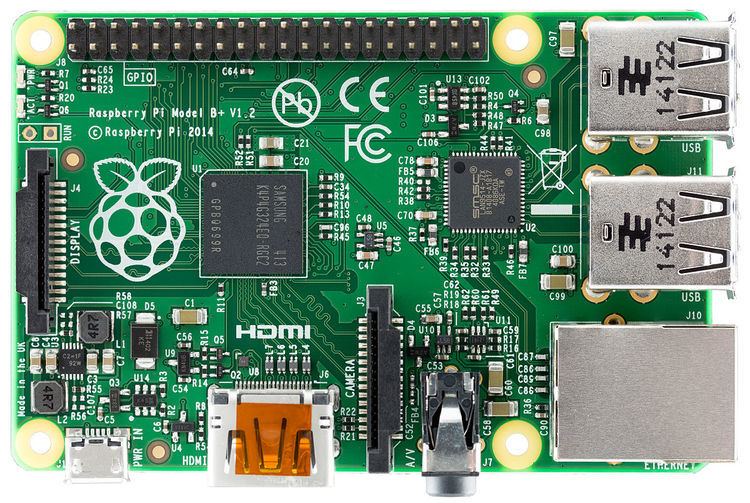Designed by ARM Holdings | ||
 | ||
Instruction set ARM (32-bit),Thumb (16-bit),Thumb-2 (32-bit) Microarchitecture ARMv6, ARMv6T2, ARMv6Z, ARMv6K | ||
ARM11 is a group of older 32-bit RISC ARM processor cores licensed by ARM Holdings. The cores were released from 2002 to 2005 and consisted of ARM1136J(F)-S, ARM1156T2(F)-S, ARM1176JZ(F)-S, ARM11MPCore.
Contents
Overview
The ARM11 microarchitecture (announced 29 April 2002) introduced the ARMv6 architectural additions which had been announced in October 2001. These include SIMD media instructions, multiprocessor support and a new cache architecture. The implementation included a significantly improved instruction processing pipeline, compared to previous ARM9 or ARM10 families, and is used in smartphones from Apple, Nokia, and others. The initial ARM11 core (ARM1136) was released to licensees in October 2002.
The ARM11 family are currently the only ARMv6-architecture cores. There are, however, ARMv6-M cores (Cortex-M0 and Cortex-M1), addressing microcontroller applications; ARM11 cores target more demanding applications.
Differences from ARM9
In terms of instruction set, ARM11 builds on the preceding ARM9 generation. It incorporates all ARM926EJ-S features and adds the ARMv6 instructions for media support (SIMD) and accelerating IRQ response.
Microarchitecture improvements in ARM11 cores include:
JTAG debug support (for halting, stepping, breakpoints, and watchpoints) was simplified. The EmbeddedICE module was replaced with an interface which became part of the ARMv7 architecture. The hardware tracing modules (ETM and ETB) are compatible, but updated, versions of those used in the ARM9. In particular, trace semantics were updated to address parallel instruction execution and data transfers.
ARM makes an effort to promote good Verilog coding styles and techniques. This ensures semantically rigorous designs, preserving identical semantics throughout the chip design flow, which included extensive use of formal verification techniques. Without such attention, integrating an ARM11 with third-party designs could risk exposing hard-to-find latent bugs. Due to ARM cores being integrated into many different designs, using a variety of logic synthesis tools and chip manufacturing processes, the impact of its register-transfer level (RTL) quality is magnified many times. The ARM11 generation focused more on synthesis than previous generations, making such concerns be more of an issue.
Cores
There are four ARM11 cores:
